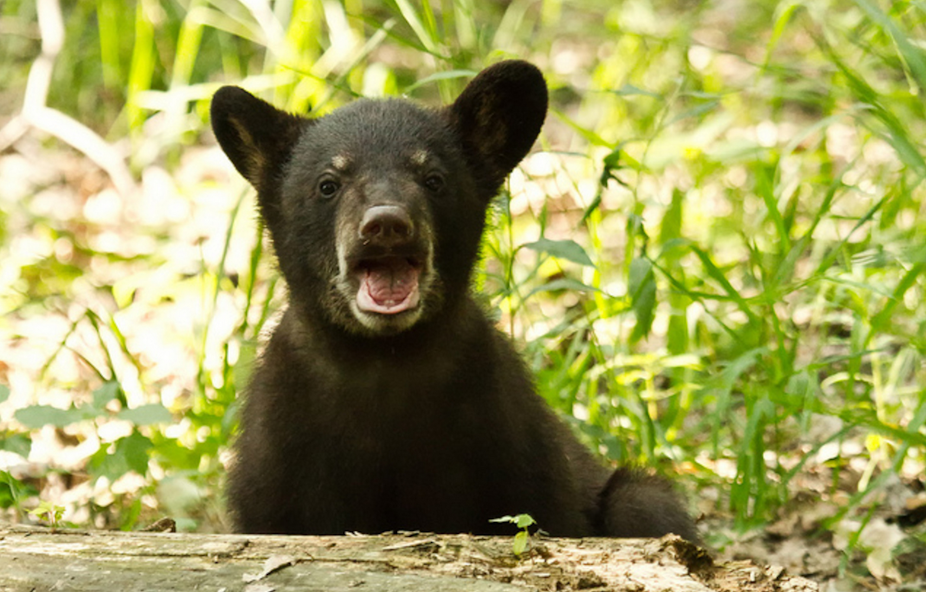When it comes to feats of physiology, bears are among the superstars of the mammalian world. Their endurance is unmatched. During hibernation, bears regularly survive up to six full months without consuming any food at all. Hibernating bears reduce their heart rates by more than 80% and decrease their metabolic rates by 50% to 75%.
Perhaps the most amazing fact about bear hibernation is that female bears gestate, give birth and nurse their cubs, all within this period of suspended animation, with the female consuming no food during the entire process. Mother bears are tough, despite being professional loungers. Now a team of researchers from Hokkaido University have, for the first time, investigated what influence pregnancy has on these bears Journal of Mammalogy.
Sleeping bears
The researchers, led by Michito Shimozuru, wanted to know what metabolic adjustments are needed for a female to preserve her own body and essentially manufacture to several other bears while she is in a state of hibernation. They investigated the physiology of pregnant and, as a control, non-pregnant hibernating Japanese female black bears (Ursus thibetanus japonicus).
The researchers also included a third category of pseudopregnant - or “falsely pregnant” - bears. These showed signs of pregnancy but technically were not pregnant (had no placenta). This allowed researchers to tease apart the effects of hormones controlled by the pituitary gland and ovaries from the metabolic interactions with a placenta.
It is known that many mammals have elevated body temperatures during pregnancy, and the researchers indeed found that pregnant bears maintain higher and more stable body temperatures than non-pregnant ones, in order to support foetal growth. They run at 37-38° C, compared to the non-pregnant who measured 34-36° C.
Interestingly, pseudopregnant bears, whose bodies “think” they are pregnant, have similar body temperatures to pregnant bears in the months corresponding to early pregnancy. These results indicate that changes in pituitary or ovarian-derived hormone levels during pregnancy are likely behind elevated body temperatures, because pseudopregnant bears have no placenta or foetuses to support.
Sweet love
Hibernating bears primarily use stored body fat for energy. Pregnant bears, however, must rely on glucose to support foetal development. This is due to the difficulty of transferring lipids, or fats, through the placenta. Therefore, the researchers predicted that pregnant bears should have higher blood glucose levels than non-pregnant ones.
Pregnant bears did prove to have higher blood glucose levels than their pseudopregnant counterparts. The results strengthen the hypothesis that the signals from the placenta help - although may not entirely control - regulation of glucose metabolism).

By January — just before the pregnant bears gave birth - a stratification emerged: pregnant bears had higher blood glucose levels than pseudopregnant ones, and non-pregnant bears had the lowest glucose levels of all. This supports the hypothesis that glucose is necessary to support foetal development, and further bolsters the idea that the signals from the placenta help–although may not entirely control–regulation of glucose metabolism..
Mother Bear’s recycling
Previous work has shown that bears are better than most other hibernating mammals at recycling urea and other nitrogenous wastes to prevent muscle deterioration. This is likely why they are able to avoid catastrophic muscle loss despite being sedentary for half of the year.
The results of this study add an interesting twist to our knowledge of bears’ ability to prevent muscle atrophy. By January, pregnant and pseudopregnant bears had significantly lower plasma urea, creatinine, and triglyceride concentrations than non-pregnant bears. It seems that pregnancy enhances that adaptation even further, allowing bears to become even more efficient at recycling waste to preserve protein and prevent accumulation of metabolic “trash.”
Pregnant bears produce and support cubs from their own tissues during hibernation. Shimozuru and colleagues suggest that the need to make extra amino acids and proteins drives the hyper-efficient use of metabolic waste observed in pregnant animals.
This study may provide a springboard for further research into these metabolic adjustments that mammals make during sedentary life. Human lifestyles are inexorably becoming more and more sedentary, so any insights into metabolic mechanisms to preserve health without much movement will also be valuable. Also, figuring out how to induce more efficient recycling of metabolic waste is a crucial hurdle for endeavours such as preventing muscle atrophy in astronauts or in earthbound patients that are immobilised by injury or disease.
This is a modified version of a post that first appeared on Anne-Marie Hodge’s blog.

